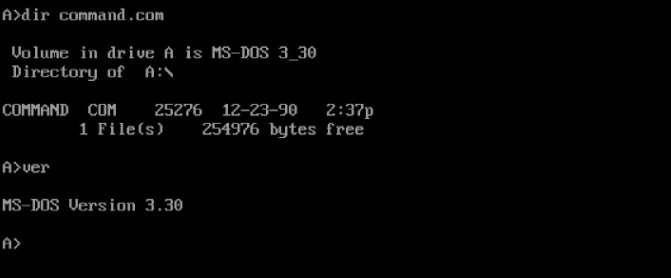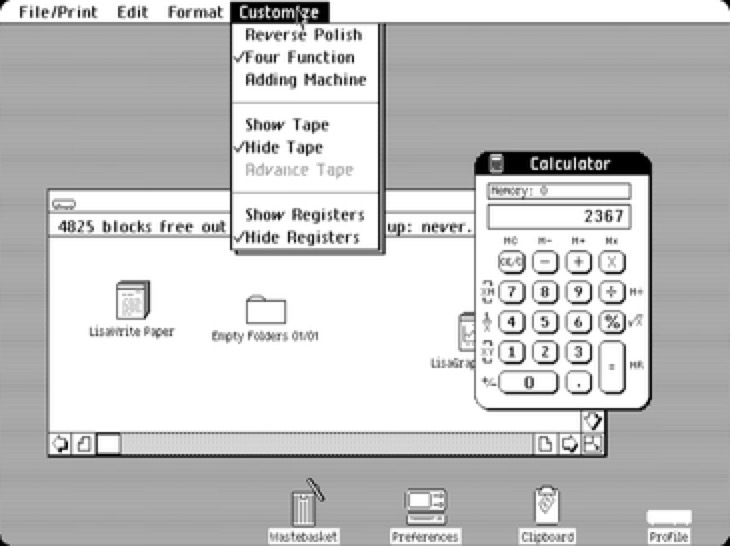Evolution of Graphical User Interfaces (GUIs)
 Rahul Bansod
Rahul Bansod
Graphical User Interfaces, commonly known as GUIs, represent a significant evolution in the way users interact with computers. Their development marked a major shift from text-based command-line interfaces to more intuitive, visual interactions. Here's a look at the history and impact of GUIs, including key dates in their development.
The Command-Line Era
Before the advent of GUIs, interacting with computers required the use of command-line operating systems like MS-DOS. Users had to type specific commands to perform tasks, much like how we use the Python console today. For instance, to make a computer print "hello," one had to write the command explicitly.

The Emergence of GUIs
GUIs transformed computer interaction by introducing graphical elements and mouse navigation, allowing users to operate computers through simple point-and-click actions. One of the earliest and most notable examples of a GUI-based computer was the Apple Lisa, released in 1983. It featured clickable windows that launched programs, significantly simplifying computer use.

Apple vs. Microsoft: The GUI Controversy
Apple's development of the GUI was groundbreaking, and it predated Microsoft's Windows operating system. When Microsoft released its own GUI in 1985, it sparked controversy and allegations of idea theft. This led to a legal battle, with Apple suing Microsoft for intellectual property infringement, emphasizing the critical importance of GUIs to both companies.
The contention continued for years, and even today, questions remain about whether Microsoft copied Apple's GUI concept. In a notable response on Reddit, Bill Gates addressed these accusations by pointing out that many of Microsoft's innovations came from employees who had worked at Xerox PARC, a research center known for its pioneering work in computing.
Xerox PARC: The True Pioneer
Xerox PARC (Palo Alto Research Center) played a crucial role in the development of the GUI. In 1973, Xerox PARC developed the Xerox Alto, the first computer with a graphical user interface. This groundbreaking work included the development of icons, windows, and the mouse, setting the foundation for future GUI-based systems. Other significant innovations from Xerox PARC include the Ethernet and the first object-oriented programming language.
The Impact of GUIs
The introduction of GUIs marked a revolutionary change in computing. They made computers more accessible to a broader audience, reducing the need for specialized training and making technology more user-friendly. The legal battles and controversies between tech giants like Apple and Microsoft highlight just how transformative and valuable GUI technology was.
Cultural Reflections
The story of GUIs is also captured in popular culture, such as the 1999 movie "Pirates of Silicon Valley," which dramatizes the rivalry between Apple and Microsoft and the significant moments in the development of personal computing.
In summary, the history of GUIs is a tale of innovation, competition, and transformative change in computing. From the early developments at Xerox PARC in the 1970s to the heated battles between Apple and Microsoft in the 1980s, GUIs have reshaped how we interact with technology, making computers an integral part of everyday life
Subscribe to my newsletter
Read articles from Rahul Bansod directly inside your inbox. Subscribe to the newsletter, and don't miss out.
Written by

Rahul Bansod
Rahul Bansod
Software Engineer with a robust foundation in Computer Science complemented by practical experience in system administration, containerization technologies, and scripting languages. Skilled in Python, C++, JavaScript, Django, Node.js, and Flask, with expertise in Kubernetes, Docker, and Openshift. Possessing a keen aptitude for quickly mastering new technologies and leveraging them to tackle intricate challenges. Eager to contribute to the innovation and growth of a dynamic development environment